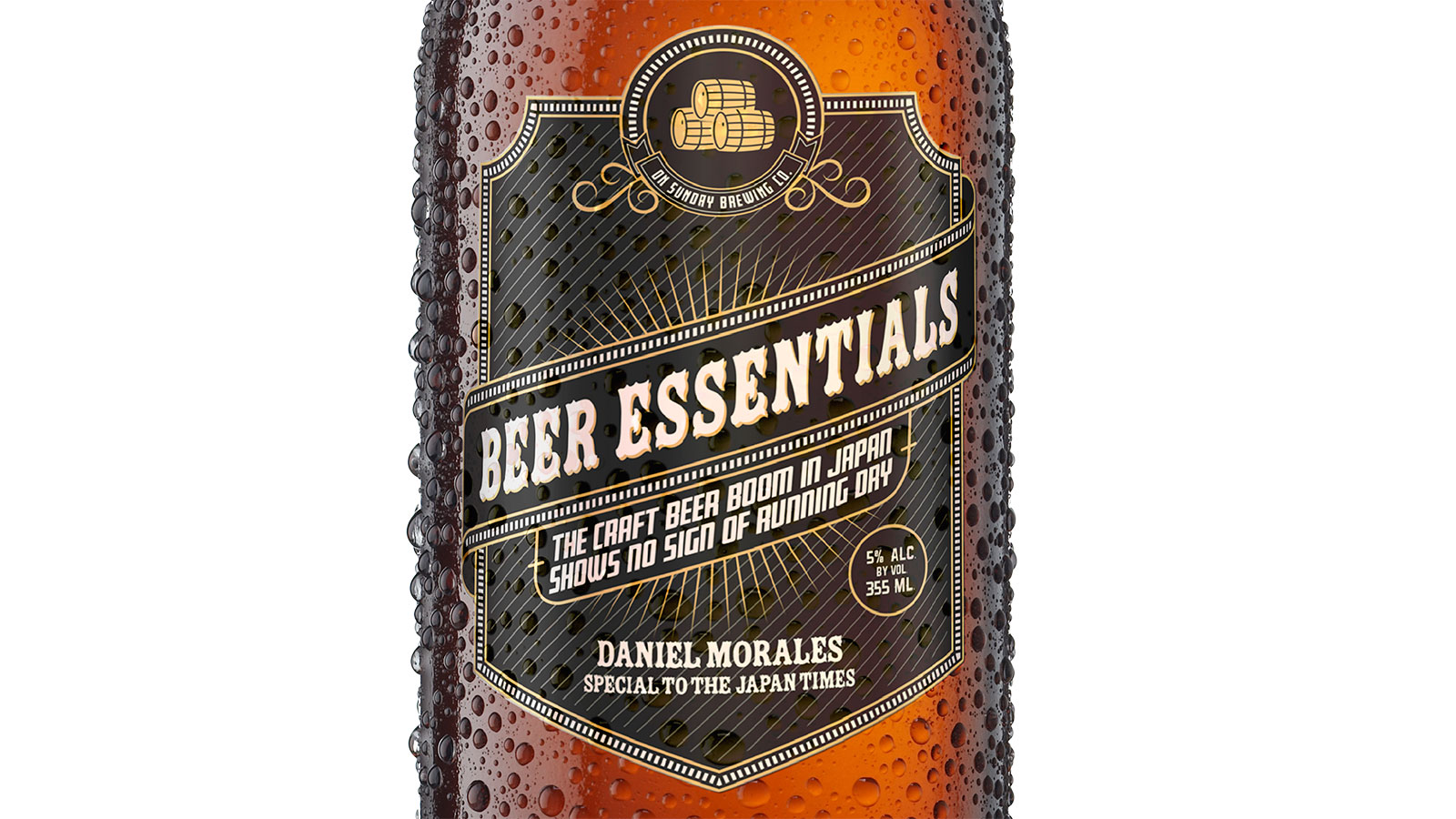Tomoko Sonoda was a college student during the "Dry Wars," the years immediately following the 1987 release of the game-changing light lager Asahi Super Dry. She and her classmates held tasting parties for the spate of new brews that were released by the three other major breweries in an attempt to compete. Together, they tried to discern the different flavors, but there wasn't much to discover. They were all more or less the same: drinkable light lagers, perfect for the Japanese beer market.
None were able to dethrone Super Dry. Asahi represented 10 percent of the market at the time. A year later, it was 20 percent and, by 2001, Asahi had overtaken Kirin as the market leader.
This was the extent of Sonoda's experience with beer until 1996, when she was working as a parking lot attendant at Tokyo Disneyland in Chiba Prefecture. Japan's harsh brewing laws had been loosened two years earlier, reducing beer production requirements mandated by the Ministry of Finance from 2 million liters to a far more manageable, yet still significant, 60,000 liters. Smaller breweries began to pop up across the country.



